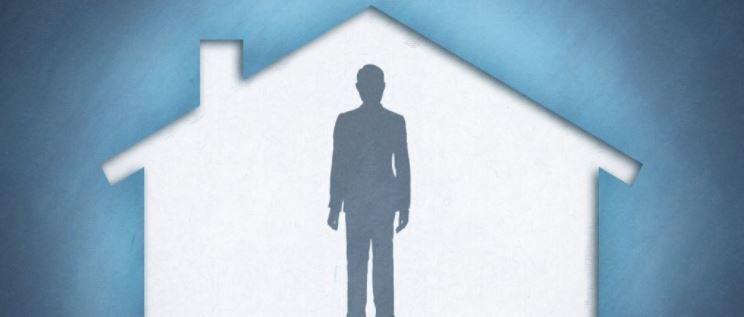 |
Single-member households in South Korea (Yonhap) |
The number of single-member households in South Korea soared more than 27 percent in 2020 from five years earlier, government data showed Friday, amid a delay in marriage and a rapidly aging population.
One-person families numbered 6.64 million last year, up 27.5 percent from five years earlier and accounting for 31.7 percent of the total 20.93 million, according to the data by Statistics Korea.
By age, men took up 49.7 percent of single-person households, with their number soaring 42.7 percent over the cited period. The number of one-person households composed of women rose 15.3 percent.
One-person households have been on a steady rise since 2015, when the percentage of people living alone hit 27.2 percent.
The data came as many young people are delaying marriage because they cannot find decent jobs amid a prolonged economic slowdown and skyrocketing housing prices.
Of the total one-member households, 50.3 percent were not married, up from 43.8 percent five years earlier.
People aged 29 and younger accounted for the largest slice of 20.2 percent last year, followed by those aged 70 and older with 18.1 percent.
The number of households having a working single member came to 4.11 million last year, accounting for 61.9 percent of all one-person families.
The data also showed 41.2 percent of single-member households lived in homes while paying monthly rent last year, trailed by those with their own homes with 34.3 percent and people living in homes on lease called "jeonse," with 17.5 percent.
Under South Korea's decades-old jeonse system, tenants pay a large lump-sum deposit, known as key money, to the landlord, which is then returned at the end of the rental agreement, which usually lasts two years. During the lease period, the tenants do not pay monthly rent. (Yonhap)








